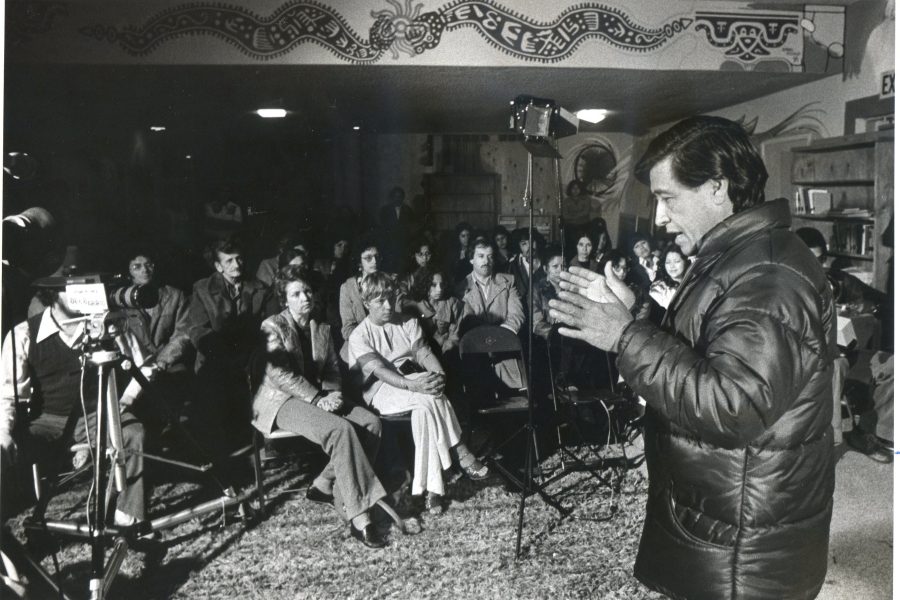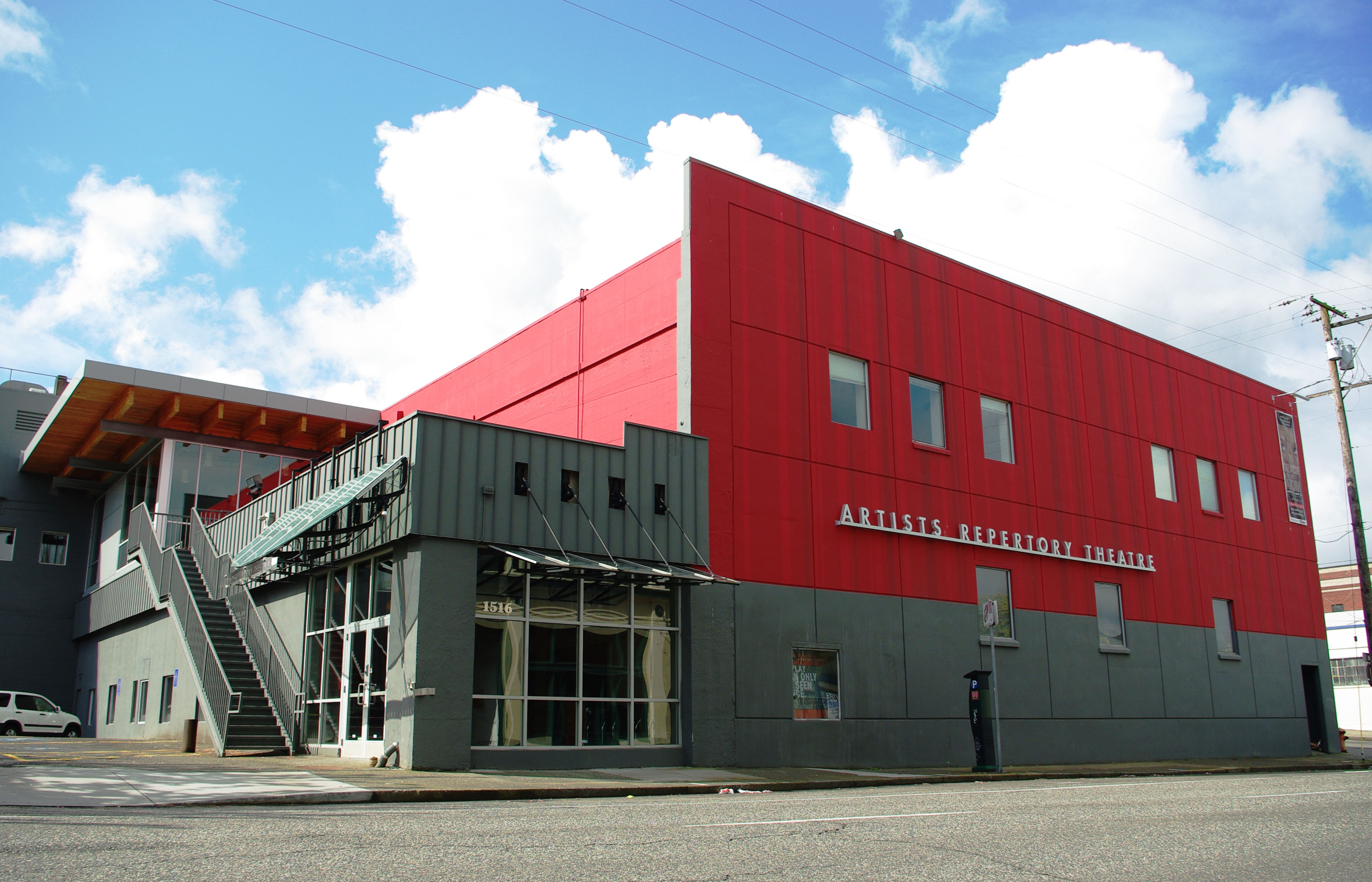As global temperatures increase, many populations across the United States face various social vulnerabilities, expressing a lack of community resilience. According to new statistics reported by the US census bureau, one in four people in the U.S. are vulnerable to rising heat.
Here in Oregon, there have been several extreme weather instances and trends only show stronger weather anomalies to come. What is Portland doing to take steps in creating sustained resilience?
Community organizations serving Portland’s diverse communities participated in a series of exercises to prepare for emergencies.
The emphasis of this exercise was extreme heat. Over 35 community-based organizations and Community Organizations Active in Disasters implemented their extreme heat plans on Thursday, May 25.
The tabletop exercise was the result of several months of planning and design by the Portland Bureau of Emergency Management (PBEM), and is part of a recurring series of community outreach and resilience events to build community preparedness and response capabilities during snow, ice, extreme summer heat and wildfire seasons.
Regina Ingabire, the community resilience outreach manager at PBEM, works to “raise awareness about natural disasters and other emergencies that could happen in our area,” she said. That especially includes informing marginalized groups in our community, for whom she believes access to information and knowledge is crucial.
Ingabire hopes bringing a large group of community leaders together and fostering understanding and learning will lead to better service for the vulnerable members of the Portland community.
Community leaders collaborating range from executive directors of well-recognized organizations to respected community members who can effectively distribute resources to vulnerable populations.
“They know the most vulnerable people in their neighborhoods that we don’t know, and having this information passed to them ahead of time—with that specialty—they’ll share the information with the most vulnerable people in their neighborhoods,” Ingabire says. “That is a win. It’s a winning point for all of us, because we hope that we will save lives during extreme heating events.”
Attendee Taylor Silvey, a community health manager with Ecumenical Ministries of Oregon (EMO), was at the event to support the emergency management efforts and to be able to serve their populations better.
Silvey works with vulnerable populations. “For refugees and immigrants, we have legal services,” she said. “We also provide domestic violence and sexual assault services for Slavic communities.” They also provide services for those with HIV, local youth and those facing food insecurity.
Silvey works in their HIV day center, where one-third of the individuals they support are houseless. According to CNBC, “around the country, heat contributes to some 1,500 deaths annually, and advocates estimate about half of those people are homeless.”
This day-to-day care provided by Silvey’s organization is consistent, but more is needed with inconsistent weather. Weather-specific supplies—including specialized tents and sleeping bags, sunscreen, tarps and other heat-related items—are offered as temperatures increase, and the day center acts as a cooling center.
Silvey highlights the value of trust built with clients when it comes to checking in and having clients promote their own needs within a space, as well as information and access provided to communities ahead of time—such as how to locate a cooling shelter to prepare for these hardships.
While cooling shelters have increased both in need and popularity, the ability to access them when they often change access can become difficult for vulnerable populations.
Denis Theriault, Multnomah County’s deputy communications director, spoke about the urgency required in providing current information about cooling centers to people—especially vulnerable populations—on a daily basis.
“We are starting to send outreach teams out with printed maps, and we will update those day to day,” Theriault said.
When a location changes, the city provides the information to its graphic designer, who creates the updated maps and sends them to organizational partners such as EMO. These partners can then provide updated, accessible, life-saving information to their vulnerable populations.
As weather conditions become increasingly unpredictable, organizations within Oregon are dedicating themselves to providing underserved communities with opportunities and access to essential care.
Community empowerment—as these organizational partners discovered through their collaboration—can play a crucial role in mitigating the impact of extreme weather.






